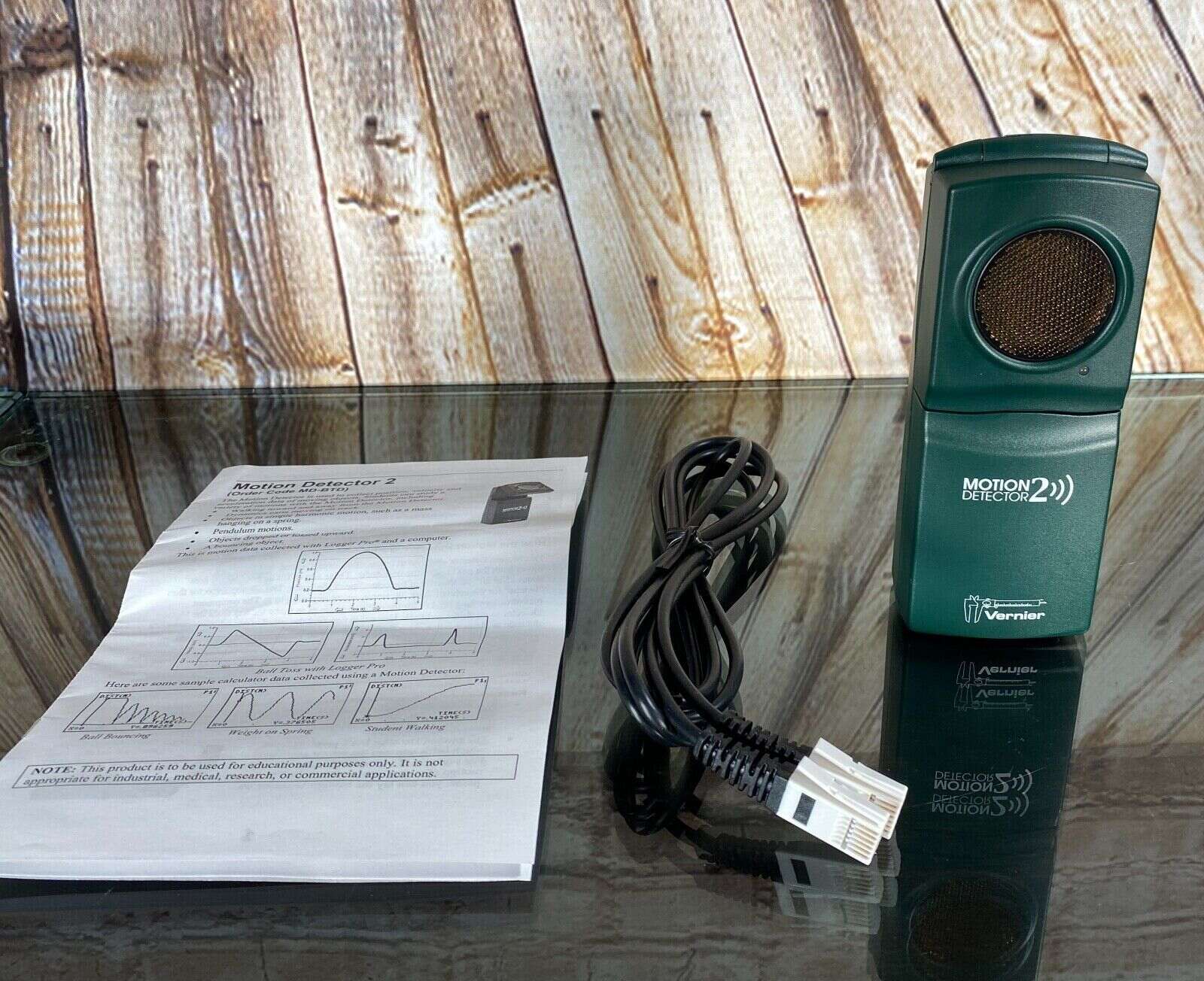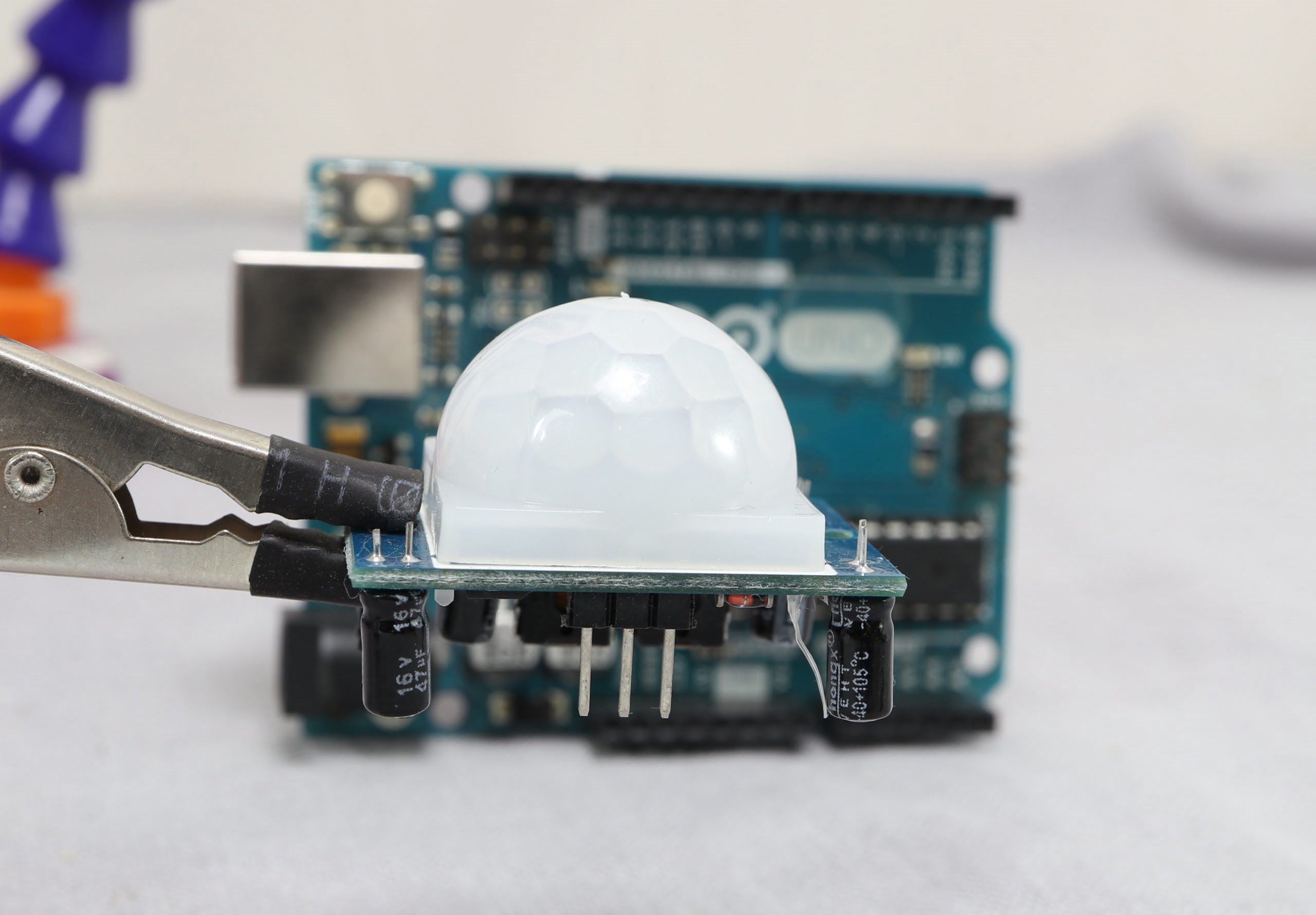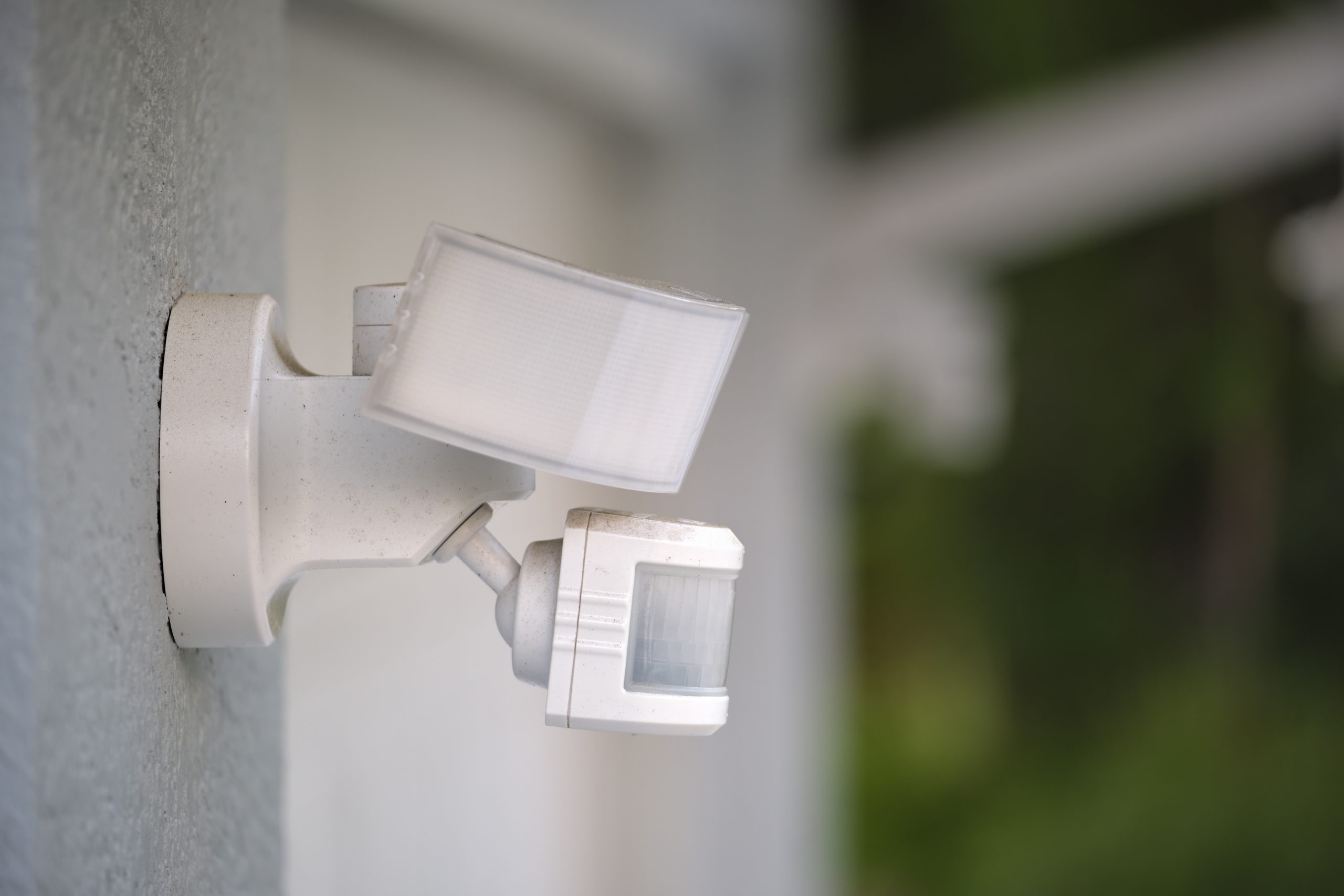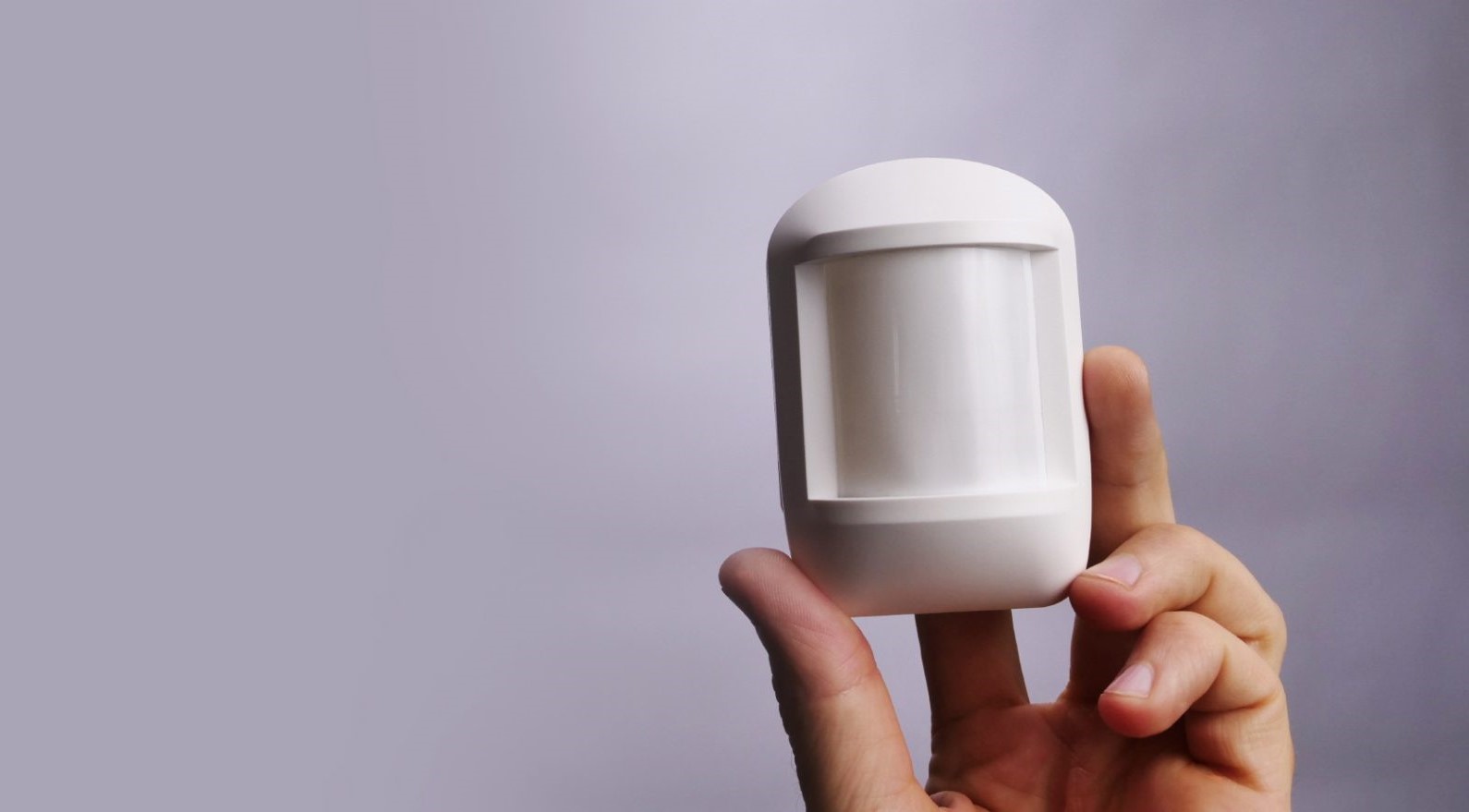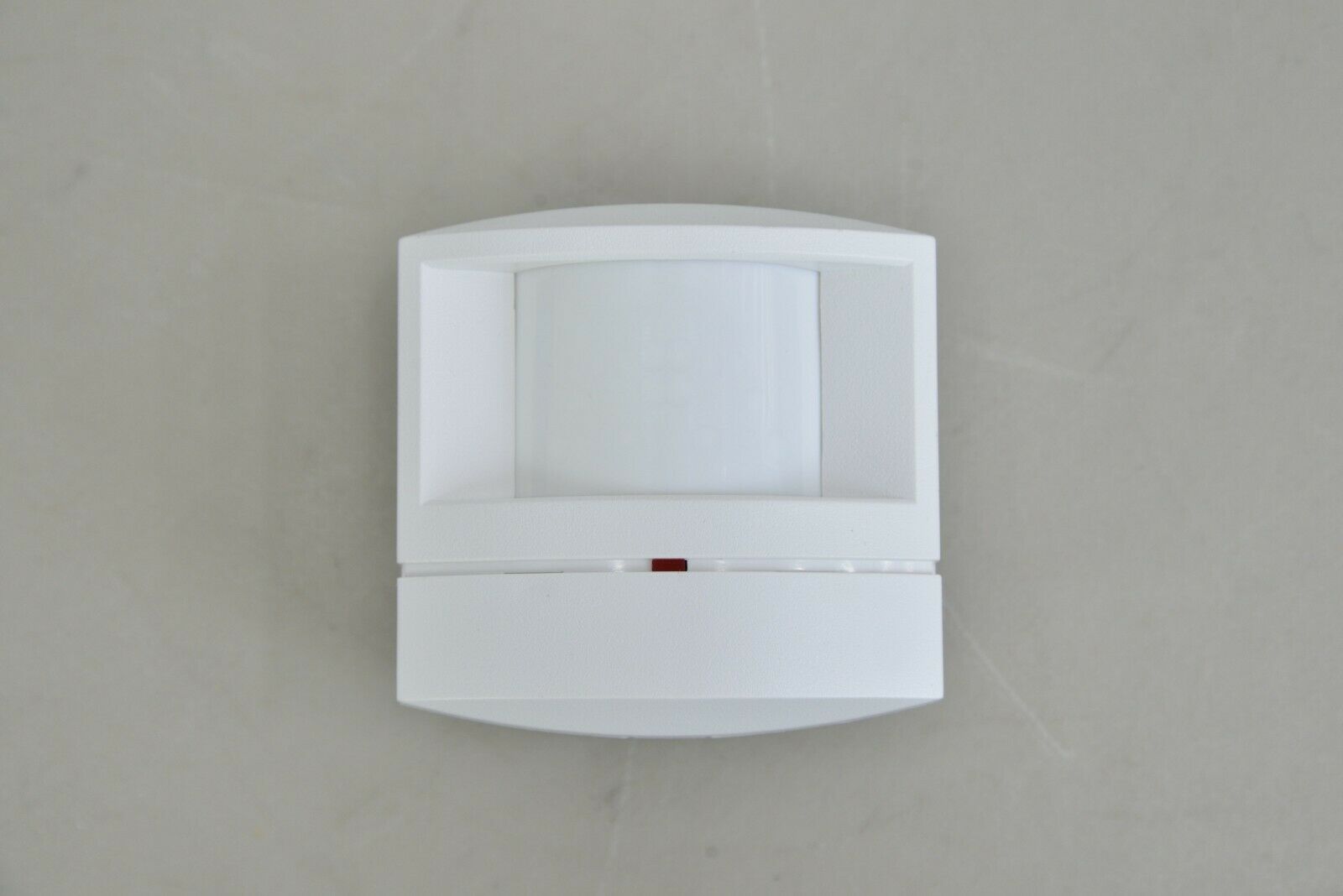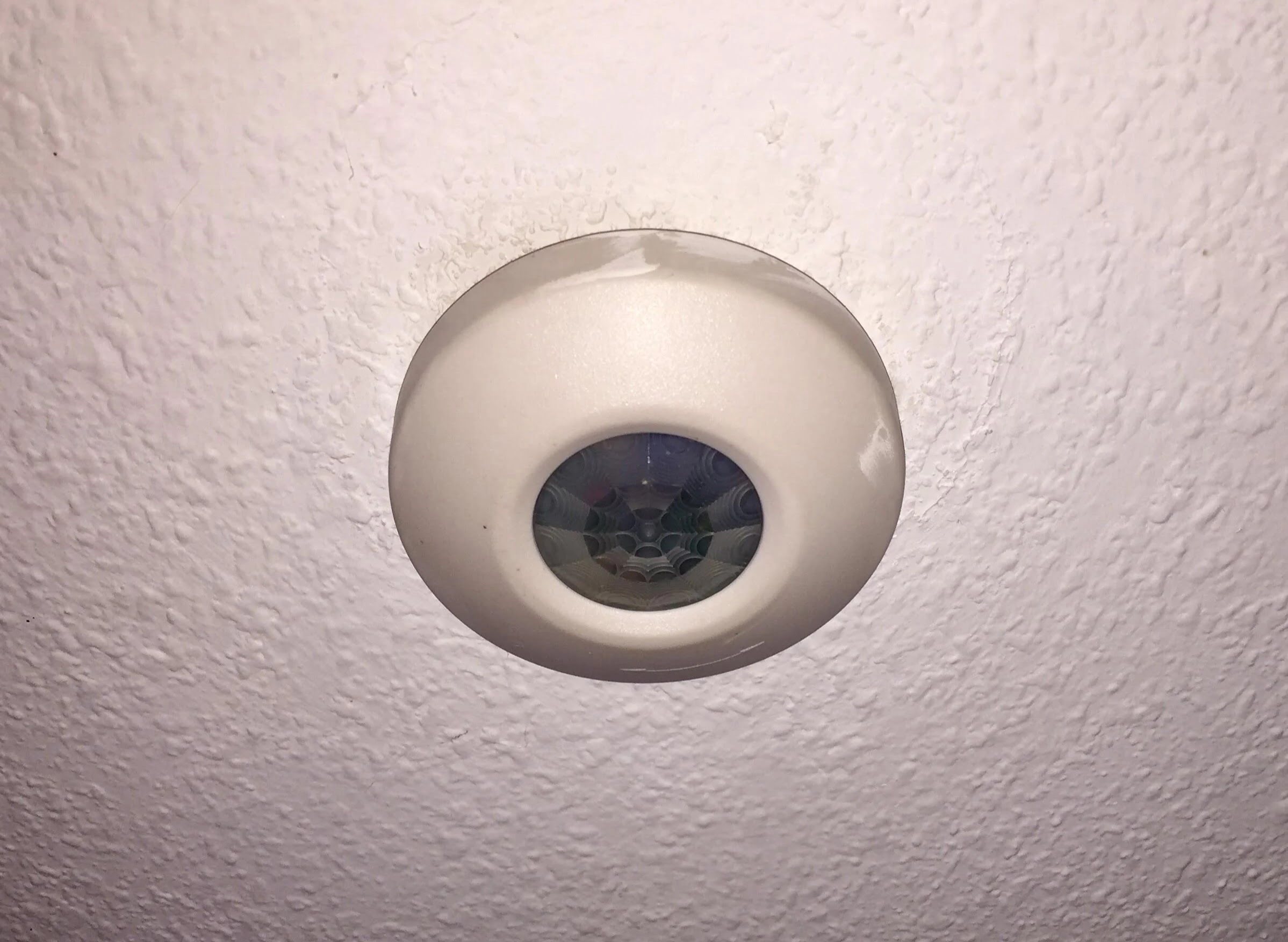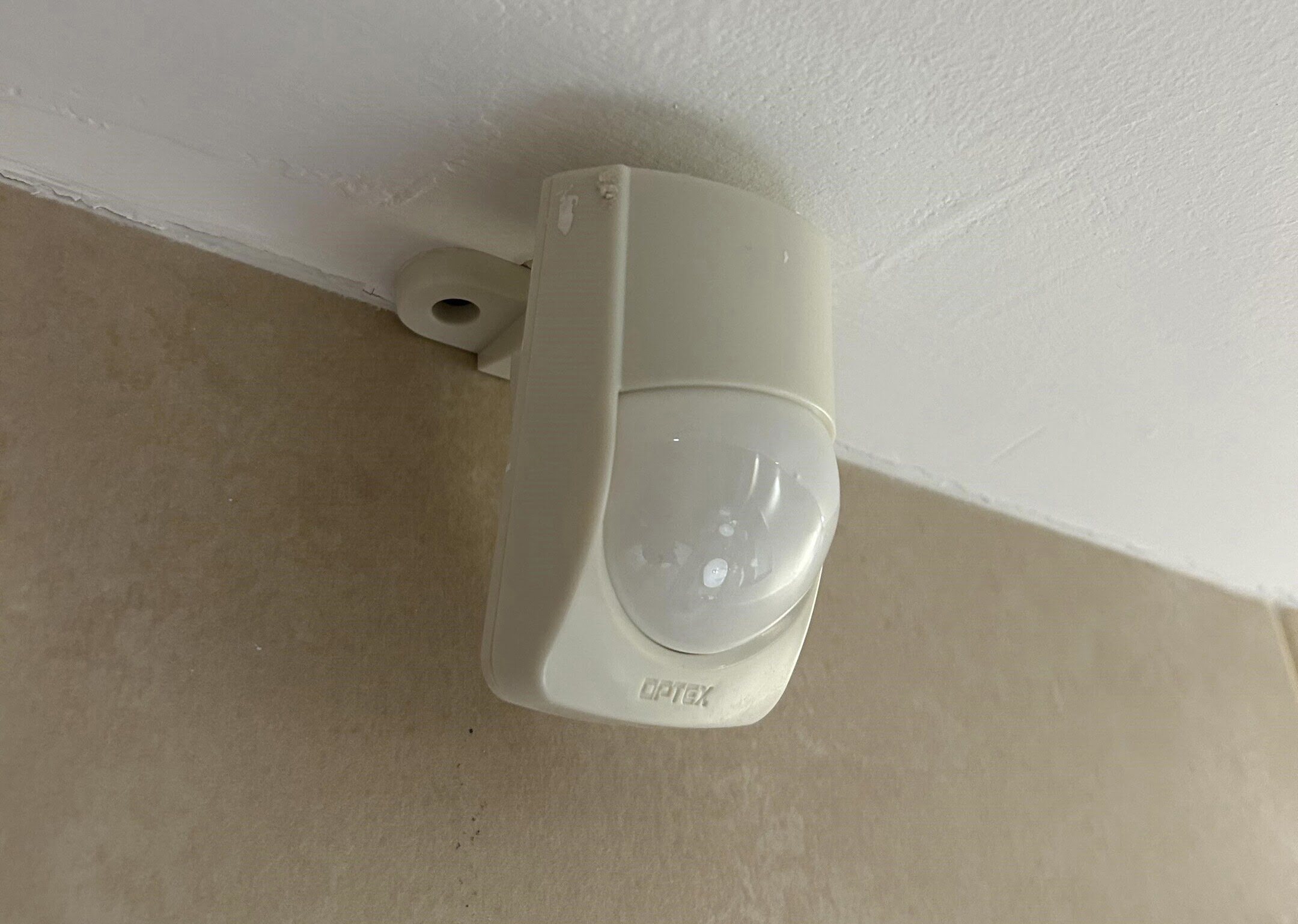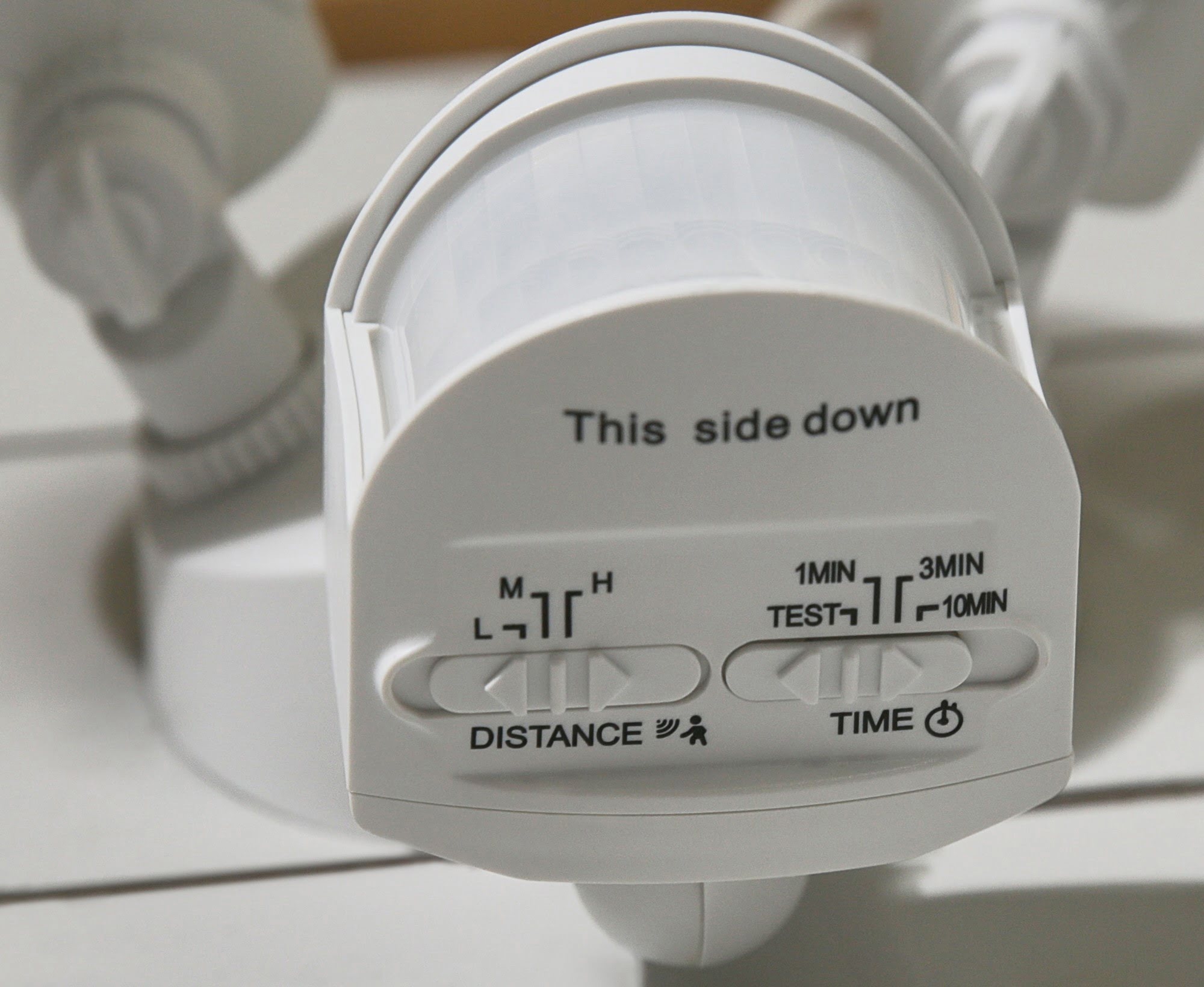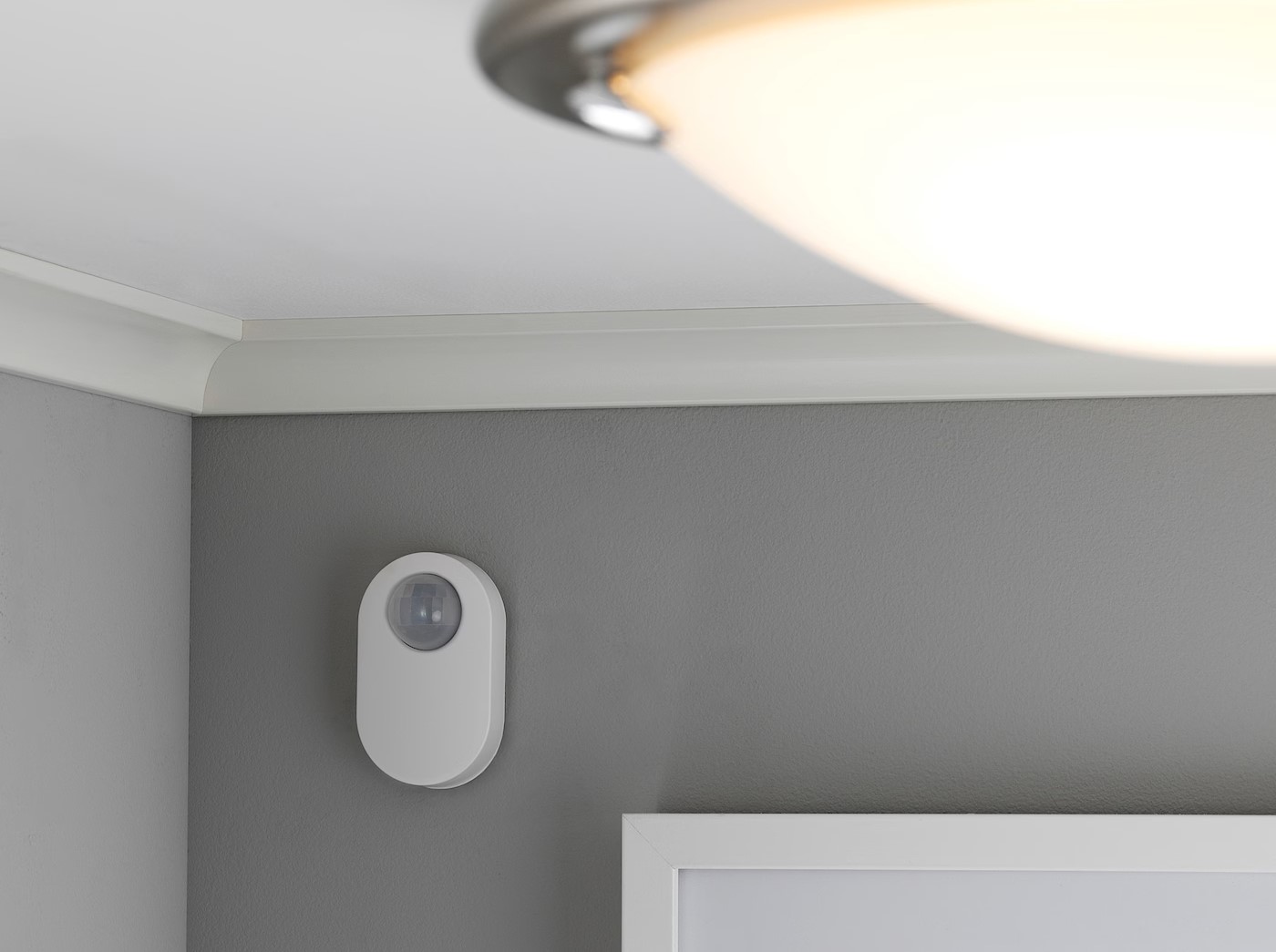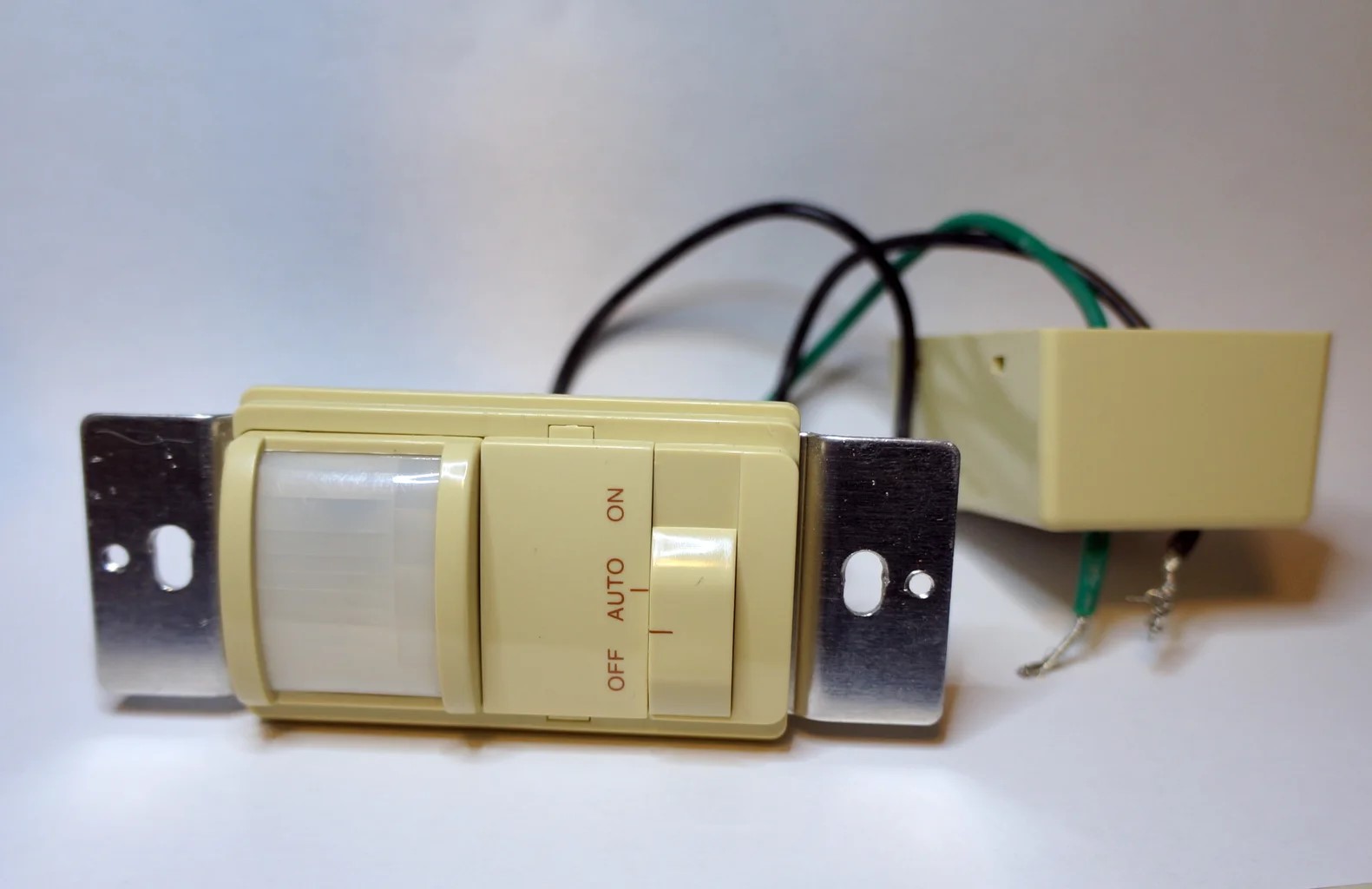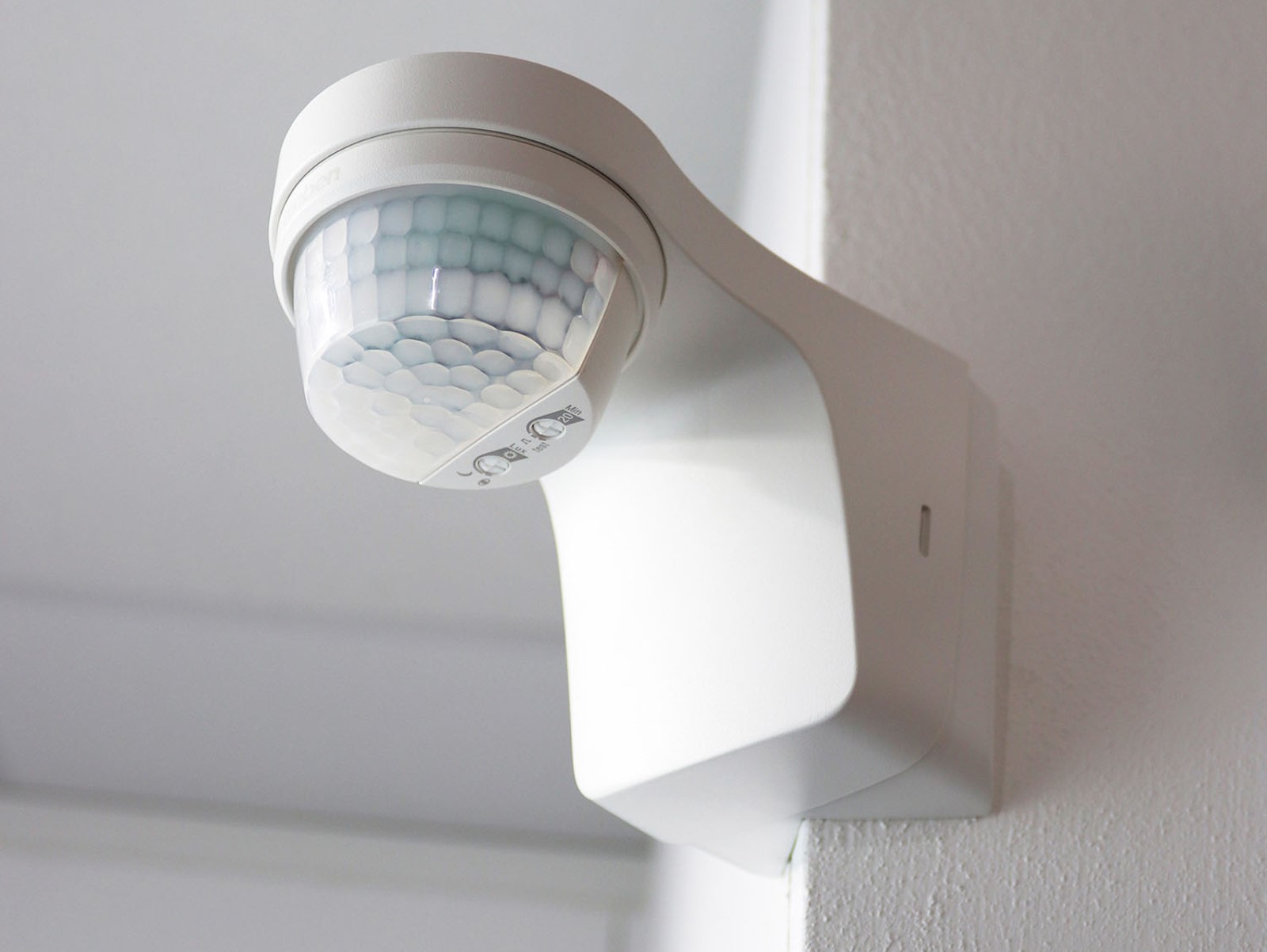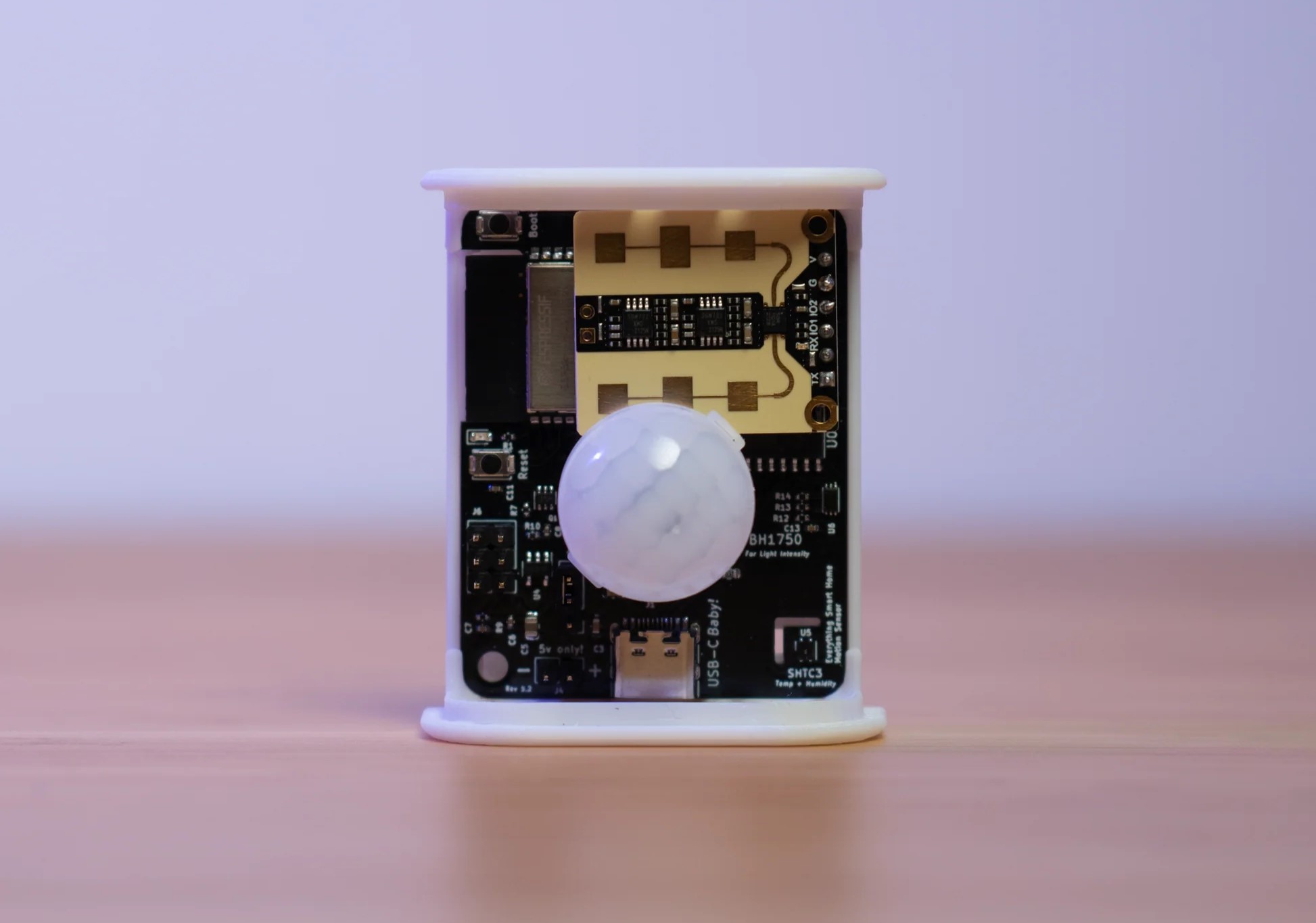Home>Home Security and Surveillance>What Direction Is Positive For Motion Detector
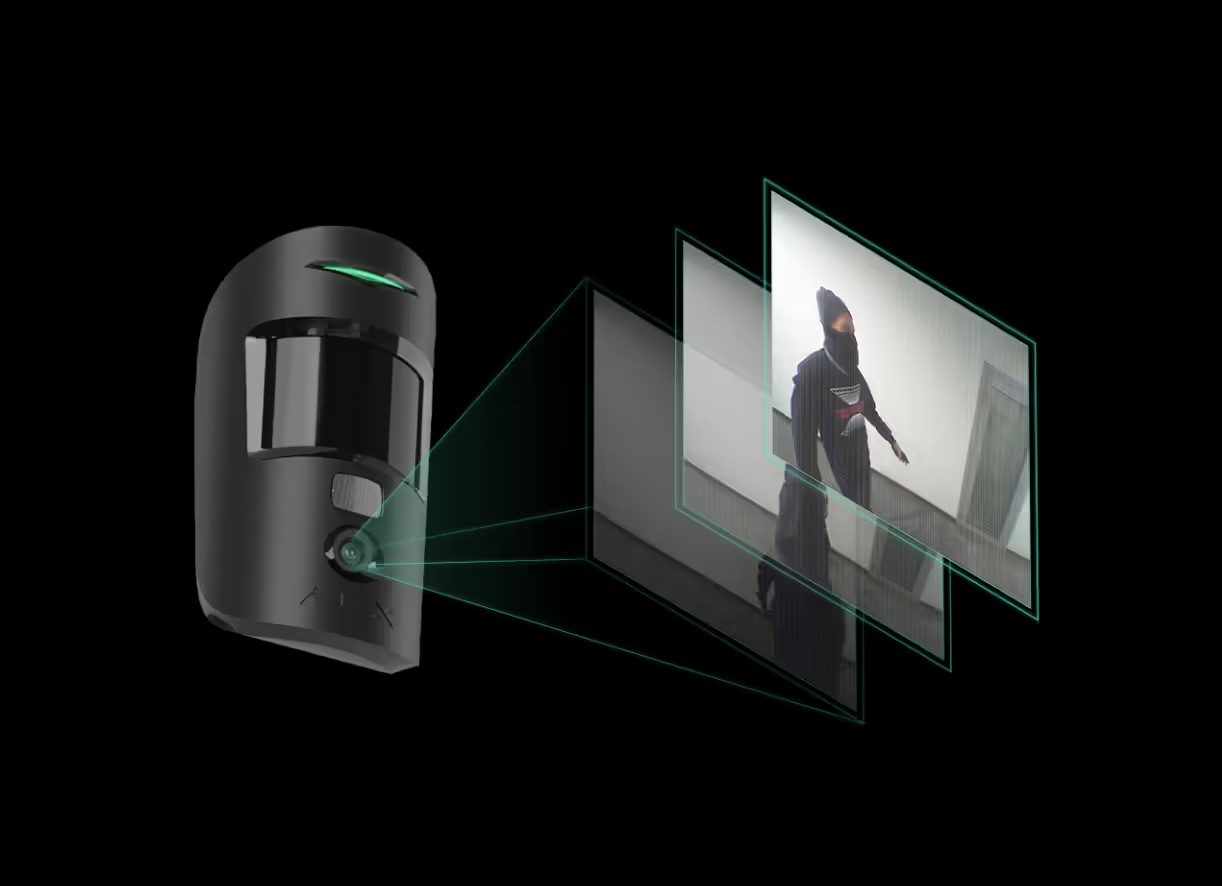

Home Security and Surveillance
What Direction Is Positive For Motion Detector
Modified: November 1, 2024
Looking for enhanced home security? Learn about motion detectors and their positive direction for home surveillance with our expert guide.
(Many of the links in this article redirect to a specific reviewed product. Your purchase of these products through affiliate links helps to generate commission for Storables.com, at no extra cost. Learn more)
Introduction
Motion detectors are essential devices used in home security and surveillance systems. They play a crucial role in detecting movement and triggering alerts or actions to ensure the safety of your home and loved ones. To optimize the functionality of these motion detectors, it is important to understand their directionality and how to determine the positive direction for motion detection.
In this article, we will explore the concept of motion detector directionality, the factors that affect it, and the practical applications of knowing the positive direction for motion detection.
By gaining a better understanding of motion detector directionality, you can make informed decisions when installing and positioning these devices, maximizing their effectiveness in monitoring your home and enhancing security.
Key Takeaways:
- Motion detectors need to face the right way to work effectively. By understanding their directionality and considering factors like height and obstructions, you can optimize their performance for reliable home security.
- Knowing the positive direction for motion detection helps enhance home security and has practical applications like controlling indoor and outdoor lighting, saving energy, and automating smart home tasks.
Understanding Motion Detectors
Motion detectors, also known as motion sensors or passive infrared (PIR) sensors, are electronic devices commonly used in home security systems to detect movement within a designated area. These devices work by sensing changes in infrared radiation, which is emitted by living beings and objects with heat.
When an individual or object moves within the range of a motion detector, it triggers an electrical signal that activates an alarm or a connected device, such as lights or cameras. This allows homeowners to be alerted to potential intruders or unusual activity, providing an added layer of protection to their property.
There are different types of motion detectors available, including ceiling-mounted, wall-mounted, and outdoor sensors. Each type serves a specific purpose and has different detection ranges and angles. However, regardless of the type, understanding the directional properties of motion detectors is crucial for their proper installation and effective operation.
Motion detectors have a specific field of view (FOV) that determines the area in which they can detect motion. This FOV is typically shaped like a cone, with the widest part at the detector and narrowing down as it extends outward. The range and angle of the FOV can vary depending on the model and the specific requirements of the application.
By understanding how motion detectors work and their field of view, you can strategically position them in areas where they will be most effective in detecting motion and minimizing false alarms.
Factors Affecting Motion Detector Directionality
Several factors can influence the directionality of motion detectors. Understanding these factors is essential for ensuring optimal performance and accurate detection.
1. Mounting Height: The height at which you install your motion detector can greatly affect its directionality. Mounting it too low may limit its detection range, while mounting it too high can increase the chance of false alarms. It is recommended to install motion detectors at a height that provides an appropriate view of the area you wish to monitor.
2. Obstructions: Obstructions such as walls, furniture, and curtains can impact the directionality of motion detectors. These objects can block or deflect the infrared radiation that the detectors rely on to sense movement. Carefully consider any potential obstructions and position the motion detector accordingly to ensure unobstructed coverage.
3. Sensitivity Settings: Most motion detectors have adjustable sensitivity settings, which allow you to control the level of detection required for triggering an alert. Higher sensitivity settings can result in more frequent activations, including false alarms, while lower sensitivity settings may decrease the chances of detecting subtle movements. Strike a balance between sensitivity and reliability based on the specific needs of your home security system.
4. Environmental Factors: Changes in environmental conditions, such as temperature, humidity, and airflow, can affect the performance of motion detectors. Extreme temperatures or humidity levels can interfere with the infrared sensors’ accuracy, leading to either missed detections or false alarms. Consider the environmental conditions of the installation area and choose motion detectors that are designed to withstand those conditions.
5. Interference: Electronic devices such as radios, Wi-Fi routers, and other wireless systems can potentially interfere with motion detector signals. To minimize interference, ensure that your motion detectors are positioned away from other electronic devices and sources of electromagnetic radiation. Additionally, consider using motion detectors with advanced anti-interference technologies.
Understanding these factors and taking them into account when installing and positioning your motion detectors will help optimize their directionality and ensure reliable and accurate motion detection.
When using a motion detector, the positive direction is the direction in which the detector is triggered or activated. This is typically the direction in which the object or person is moving towards the detector.
Determining the Positive Direction for Motion Detection
Determining the positive direction for motion detection is crucial for positioning your motion detectors appropriately and ensuring accurate detection. Here are some steps to help you determine the positive direction:
- Identify the desired detection area: Start by identifying the area you want your motion detectors to cover. This could be the main entrance, hallway, or specific rooms that require monitoring.
- Consider the entry points: Analyze the entry points where potential intruders may attempt to gain access to your property. These entry points can include doors, windows, or any vulnerable areas that require additional security.
- Visualize the motion path: Imagine the path an intruder would likely take when entering your property or moving within the monitored area. This will help you understand the direction from which the motion is most likely to occur.
- Test detection angles: If possible, test the detection angles of your motion detectors by moving within the desired detection area. Observe how the detectors react to your movement and note the direction in which the detectors pick up the motion.
- Adjust positioning if necessary: Based on your observations, adjust the positioning of the motion detectors to align with the positive direction of motion. This may require rotating or tilting the detectors to improve their coverage and ensure proper detection.
- Regularly test and recalibrate: Once you have determined the positive direction, regularly test and recalibrate your motion detectors to ensure they continue to function optimally. Over time, environmental factors or changes in the detection area might require adjustments to maintain accurate motion detection.
By carefully determining the positive direction for motion detection, you can position your devices to effectively monitor the areas of concern and significantly enhance the security of your home.
Practical Applications of Motion Detector Directionality
The directionality of motion detectors is not only important for security purposes but also has various practical applications. Here are some practical ways in which motion detector directionality can be utilized:
- Home Security: The primary application of motion detectors is in home security systems. By understanding the directionality of these devices, you can position them strategically to cover the areas most vulnerable to intruders. This ensures that any unauthorized movement within the monitored area is promptly detected and raises an alarm, alerting you and potentially deterring potential burglars.
- Indoor Lighting Control: Motion detectors can be connected to lighting systems, allowing for automatic control of indoor lighting. By positioning the detector in a direction that covers the main areas where movement is likely, the lights can be triggered to turn on when someone enters the room and turn off when the room is unoccupied. This not only provides convenience but also helps save energy by preventing lights from being left on unnecessarily.
- Outdoor Lighting: Motion detectors with proper directionality can be used to control outdoor lighting. By placing them strategically around your property, such as near doorways, driveways, or garden paths, you can ensure that the lights are activated when someone approaches, providing enhanced visibility and security during the nighttime.
- Energy Efficiency: Motion detector directionality can be utilized to optimize energy usage in various ways. For example, in warehouses or large spaces, motion detectors can control the lighting, ensuring that lights are only activated in areas where movement is detected. This helps minimize energy waste from lights being left on in unoccupied areas.
- Smart Home Automation: Motion detectors with accurate directionality can be integrated into smart home automation systems. This allows for the automation of various tasks, such as adjusting thermostat settings, activating audio or video systems, or even opening or closing curtains based on detected motion. This provides convenience and enhances the overall smart home experience.
By understanding and utilizing the directionality of motion detectors, you can bring added convenience, energy efficiency, and enhanced security to your home or other spaces.
Read more: What Is The Best Motion Detector
Conclusion
Motion detectors are valuable tools in home security and surveillance systems. Understanding their directionality is essential for maximizing their effectiveness and ensuring accurate motion detection. By considering factors such as mounting height, obstructions, sensitivity settings, environmental conditions, and potential interference, you can optimize the directionality of your motion detectors for reliable and efficient operation.
Determining the positive direction for motion detection involves identifying the desired detection area, considering entry points, visualizing motion paths, and testing and adjusting the positioning of the detectors accordingly. Regular testing and recalibration are important to maintain the functionality and accuracy of the motion detectors over time.
Practically, motion detector directionality has a wide range of applications, including home security, indoor and outdoor lighting control, energy efficiency, and smart home automation. By utilizing the directionality of these devices, you can enhance security, save energy, and bring added convenience to your home or other monitored spaces.
In conclusion, understanding motion detector directionality is crucial for optimizing their performance and making the most out of your home security and surveillance systems. By implementing appropriate positioning and adjustments based on the positive direction of motion, you can ensure that your motion detectors effectively detect and respond to movement, providing you with peace of mind and a heightened level of security.
Frequently Asked Questions about What Direction Is Positive For Motion Detector
Was this page helpful?
At Storables.com, we guarantee accurate and reliable information. Our content, validated by Expert Board Contributors, is crafted following stringent Editorial Policies. We're committed to providing you with well-researched, expert-backed insights for all your informational needs.
